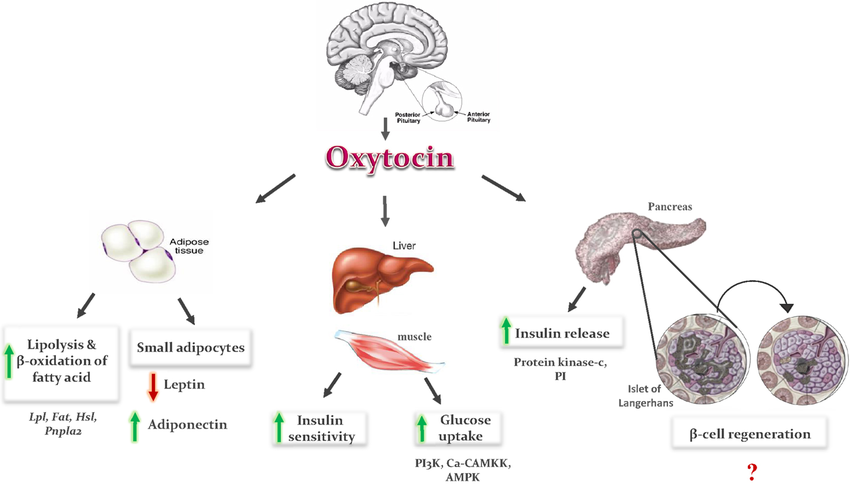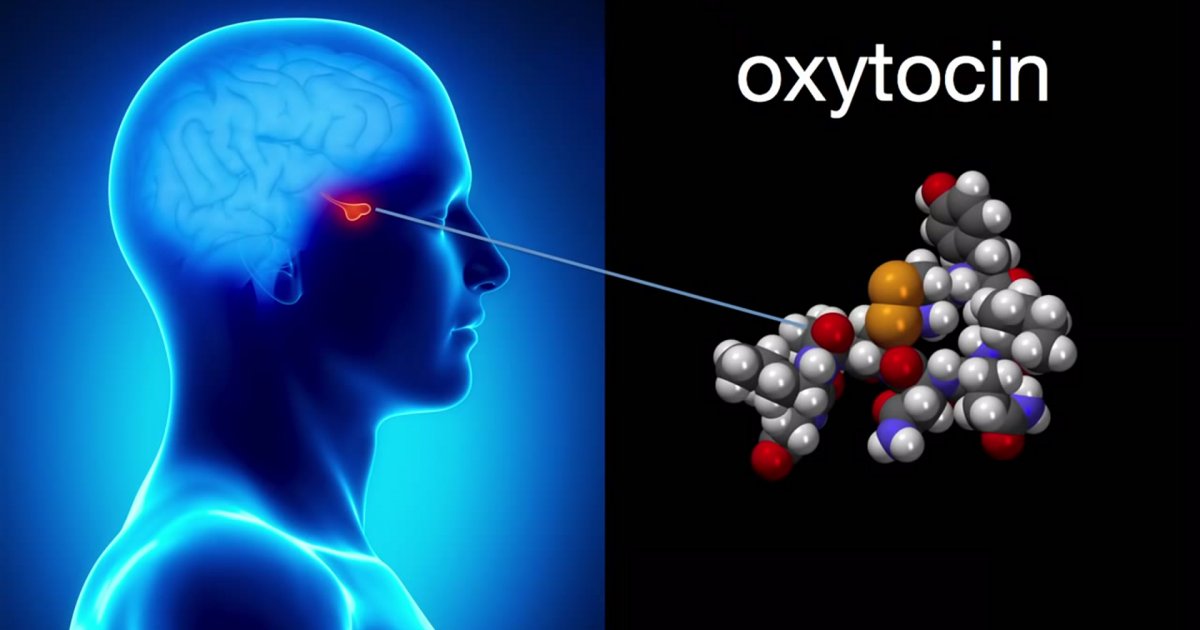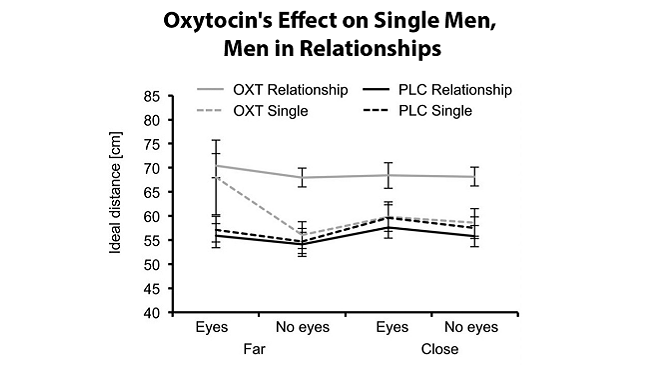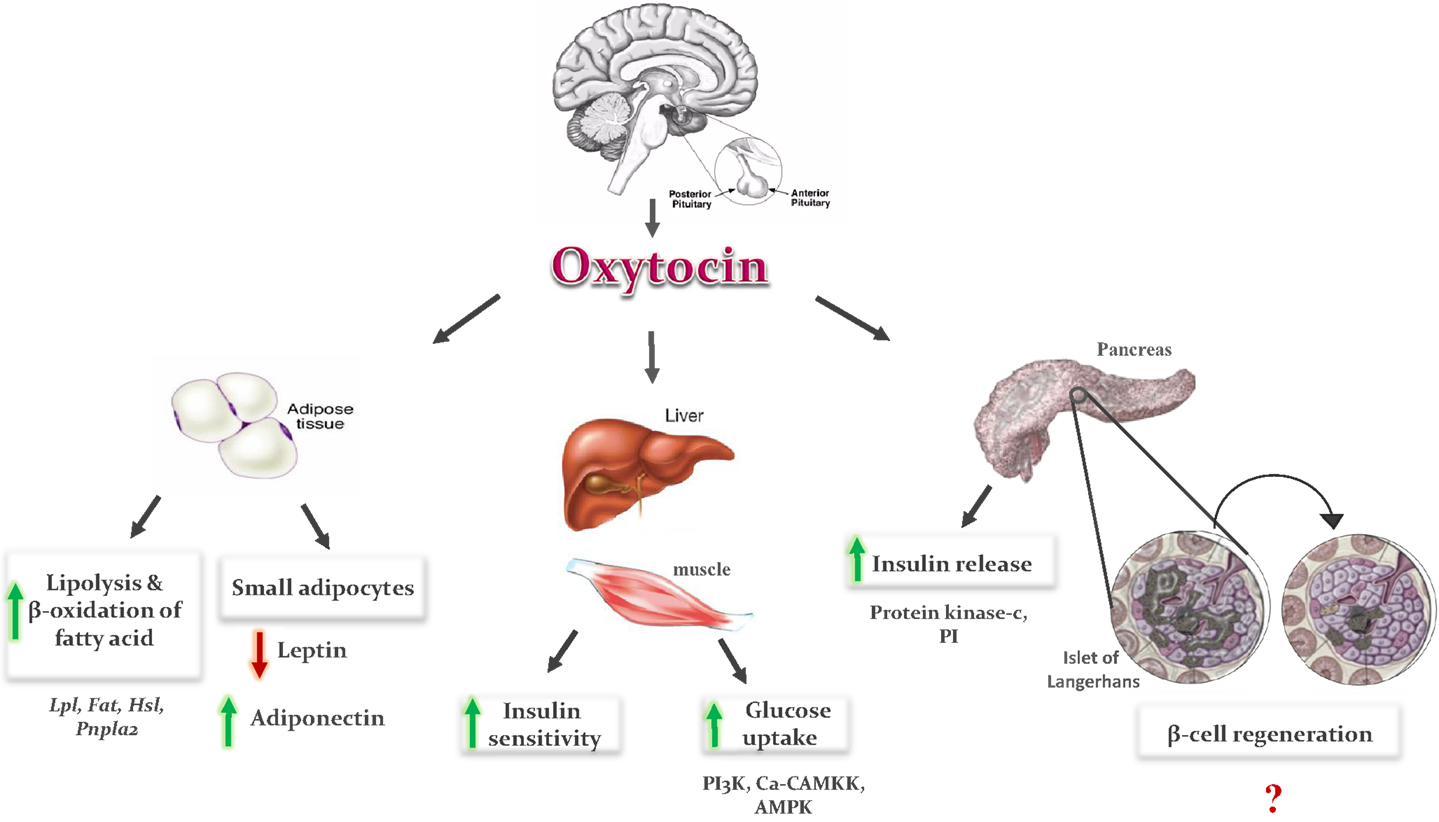Closeness intention ownership territoriality psychological
Table of Contents
Table of Contents
The Effect of Oxytocin and Touch on Relationship Closeness and Intimacy
Have you ever felt a surge of warmth and connection after a hug or a kiss? That feeling of closeness and intimacy is often attributed to the hormone oxytocin, commonly known as the “love hormone”. Oxytocin is released in our bodies during touch, especially during physical affection with a loved one. In this article, we will explore the effect of oxytocin and touch on relationship closeness and intimacy.
Many individuals struggle with feelings of disconnection and loneliness in their relationships. These feelings can manifest as a lack of intimacy or a general sense of dissatisfaction in the relationship. However, research suggests that regular physical touch, such as hugs, holding hands, and cuddling, can increase the production of oxytocin and lead to increased feelings of closeness and intimacy.
While physical touch is a powerful tool in increasing oxytocin production, it is not the only method. Positive social interactions, such as spending time with loved ones and engaging in activities together, can also lead to an increase in oxytocin production. In fact, oxytocin is not just limited to romantic relationships, but can also play a role in social bonding in friendships and familial relationships.
In summary, regular physical touch and positive social interactions can lead to an increase in oxytocin production and provide a greater sense of closeness and intimacy in relationships. By incorporating these actions into your daily routine, you can strengthen your relationships and deepen your connections with loved ones.
The Importance of Physical Touch in Relationships
My first real understanding of the power of physical touch came during a difficult time in my life. I was going through a tough breakup and feeling increasingly isolated and alone. However, I realized that when I spent time with friends and received hugs and physical affection, I began to feel a sense of connection and positivity. This experience prompted me to explore the role of physical touch in relationships and the science behind it.
Physical touch, such as hugs, kisses, and cuddling, releases oxytocin in the body. Oxytocin is a hormone associated with social bonding and feelings of love and connection. When we engage in physical affection, our bodies become flooded with oxytocin, leading to an increased sense of intimacy and closeness in our relationships.
The Connection Between Oxytocin and Trust
In addition to promoting closeness and intimacy, oxytocin is also associated with feelings of trust and social bonding. Research has shown that individuals who received doses of oxytocin were more likely to trust others and engage in pro-social behaviors.
One study found that men who had higher levels of oxytocin in their bodies were more likely to disclose personal information to a female confederate. Similarly, individuals who received oxytocin were more likely to show empathy and compassion towards others.
The Positive Effects of Oxytocin beyond Relationships
While the positive effects of oxytocin are often associated with romantic relationships, the hormone can also play a role in social bonding beyond intimate relationships. For example, oxytocin has been shown to increase feelings of trust and generosity towards strangers.
In one study, individuals who received oxytocin were more likely to donate money to a stranger than those who had received a placebo. Similarly, individuals who received oxytocin were more likely to show increased cooperation in social dilemmas.
The Role of Oxytocin in Physical Health
Beyond its effects on social and emotional well-being, oxytocin has also been found to have physical health benefits. Studies have shown that oxytocin can reduce the risk of heart disease, decrease inflammation, and improve wound healing.
Oxytocin has also been shown to play a role in pain management, leading some researchers to explore its potential as a treatment for chronic pain. While more research is needed in this area, the potential health benefits of oxytocin are promising.
The Effect of Oxytocin and Touch on Relationship Closeness and Intimacy: Q&A
Q: How much physical touch is necessary to release oxytocin?
A: While the amount of physical touch necessary to release oxytocin can vary depending on the individual, research suggests that hugs that last at least 20 seconds can lead to an increase in oxytocin production.
Q: Can oxytocin be released through non-physical methods?
A: Yes, positive social interactions can also lead to an increase in oxytocin production. Spending time with loved ones, engaging in activities together, and showing genuine interest and care for others can all lead to the release of oxytocin.
Q: Does oxytocin have any negative effects?
A: While oxytocin is generally associated with positive social and emotional outcomes, it can also lead to feelings of jealousy and possessiveness in some individuals. Additionally, some research suggests that oxytocin can play a role in amplifying feelings of social exclusion and rejection.
Q: Can oxytocin be used as a treatment for mental health issues?
A: While more research is needed, some studies have explored the potential of oxytocin as a treatment for mental health issues such as anxiety and depression. However, the use of oxytocin as a treatment is not yet widely accepted in the medical community.
Conclusion of The Effect of Oxytocin and Touch on Relationship Closeness and Intimacy
The power of physical touch and positive social interactions should not be underestimated. Regular physical touch and positive social interactions can lead to an increase in oxytocin production, promoting feelings of closeness, intimacy, and trust in relationships. By incorporating these actions into your daily routine, you can strengthen your relationships and deepen your connections with loved ones.
Gallery
Amudu: Oxytocin “love Hormone" (The Connection Between Love And Oxytocin)

Photo Credit by: bing.com / oxytocin hormone role pituitary pregnancy secreted posterior gland effects released diabetes cells secretion when hormon hypothalamus lobe connection yours conjugal
» Human Touch And Our Internal Connection To Beauty Beauty Blog

Photo Credit by: bing.com / oxytocin hormone hug gland brain released porn ted stress pituitary beauty releases when forth author young gary wilson effects talk
5 Ways To Unleash The Love Hormone, Oxytocin Love Kiss Hug Holding

Photo Credit by: bing.com / oxytocin hormone unleash hormon hugs gland pituitary manusia hormones oral cuddle kehidupan oksitosin hug pecks snogs lots bonding infographicnow
(PDF) Why Employees Stay: The Roles Of Psychological Ownership

Photo Credit by: bing.com / closeness intention ownership territoriality psychological
Oxytocin Bonding Birth And Trust - BrainFacts.org
Photo Credit by: bing.com / oxytocin men trust graph relationships bonding birth brainfacts female attractive effect males brain distance







